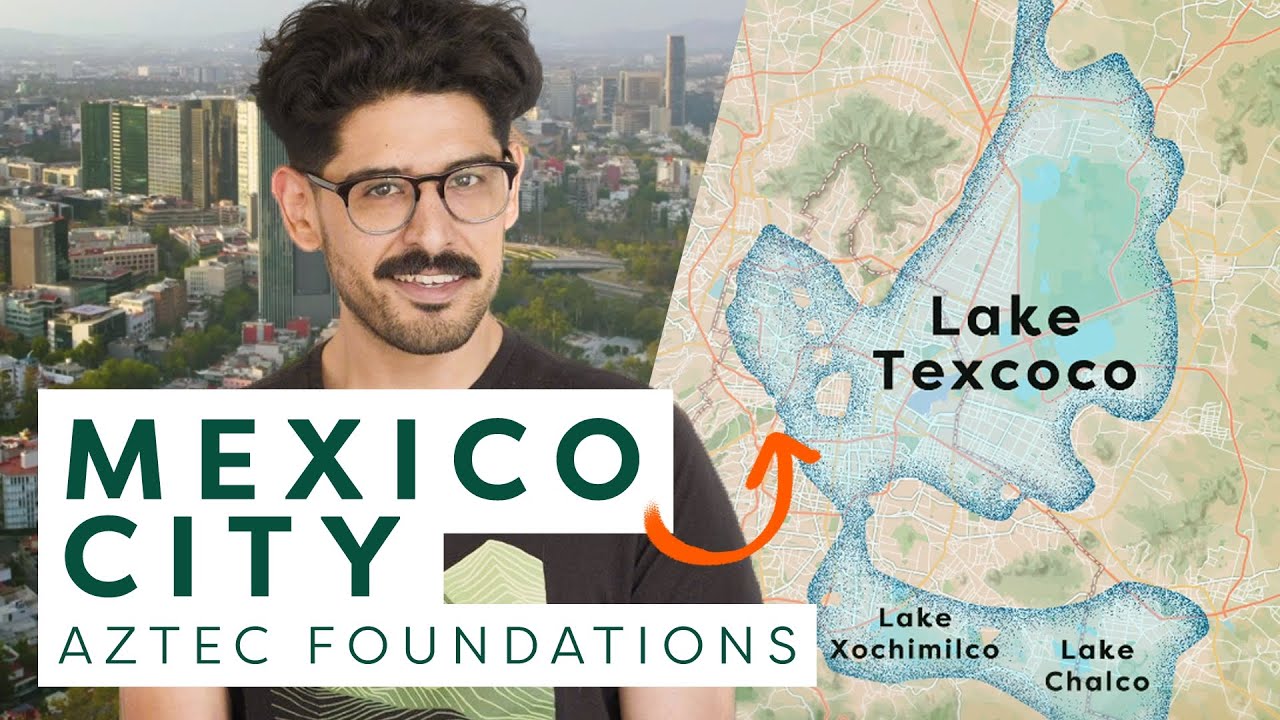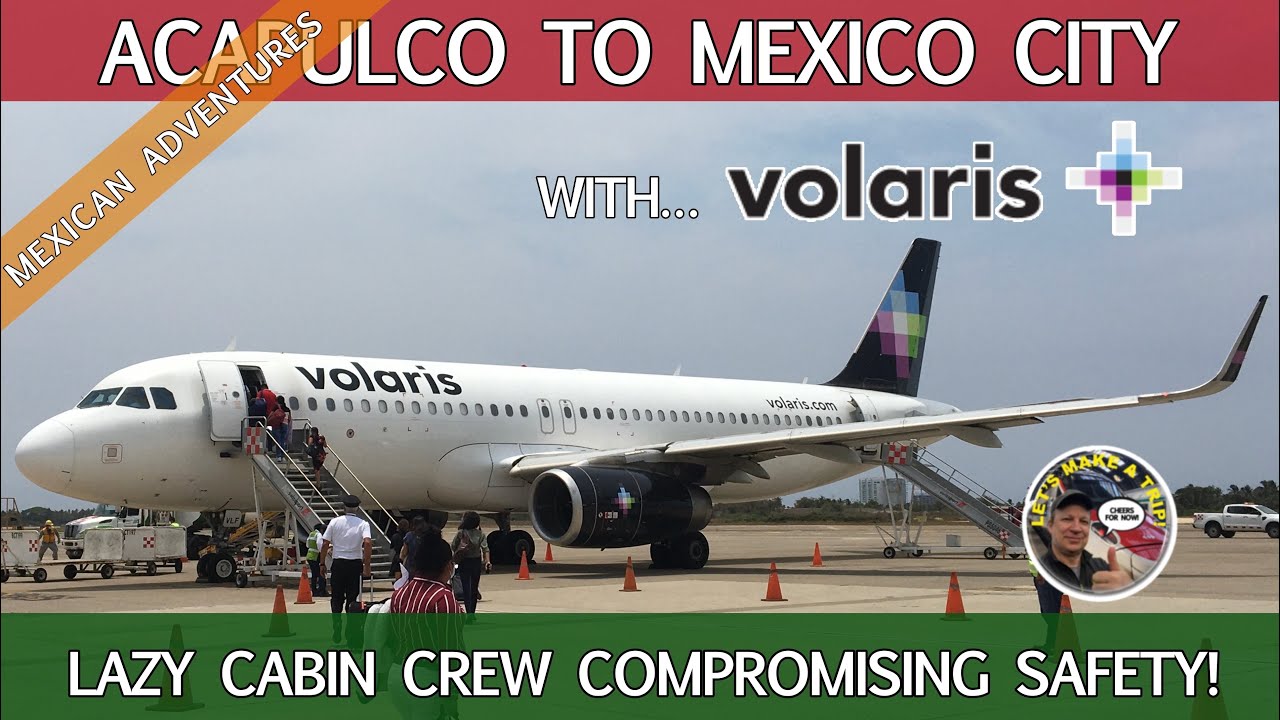Discover the Foundations of Mexico City
Mexico City, the vibrant capital of Mexico, stands as a testament to a rich history that dates back to the Aztec civilization. This sprawling metropolis is built on the ruins of Tenochtitlán, the ancient Aztec capital, offering visitors a unique glimpse into its foundational layers that blend the pre-Hispanic with the colonial and the modern. Here, you can explore the architectural and cultural marvels that tell the story of Mexico City’s past and present.
The heart of Mexico City’s historical foundations is the Templo Mayor, a significant archaeological site and museum. Discovered only a few decades ago, these ancient ruins were once part of the main temple of the Aztecs. Visitors can walk through the remnants of this great civilization, seeing firsthand the sophistication and depth of their religious and social structures. The museum complements the experience, housing artifacts that span centuries of Mexican history and culture.
Not far from the Templo Mayor, the grandiose Mexico City Metropolitan Cathedral stands as another pillar of the city’s foundation. This architectural masterpiece, which took nearly 250 years to complete, showcases a blend of architectural styles from Baroque to Neoclassical. Its construction began on the orders of the Spanish conquistadors, literally laying its stones over the vanquished Aztec city as a symbol of their conquest. Today, it serves as a key religious and historical landmark, offering insights into the colonial era and the merging of cultures that defines Mexico.
Zócalo, or Plaza de la Constitución, is one of the largest squares in the world and has been the heart of Mexico City since Aztec times. Originally, it was an open space near the Templo Mayor, serving as the empire’s political and ceremonial center. Now, it’s a place where history, culture, and politics intermingle, surrounded by historic buildings, including the National Palace and the aforementioned cathedral. Walking through Zócalo, you’re literally stepping on the layers upon layers of Mexico City’s past, from its Aztec foundations to its Spanish colonial architecture and modern-day significance.
Exploring the foundations of Mexico City is an adventure into the depths of history, where every stone tells a story. From the ancient ruins of the Aztec empire to the imposing colonial structures and bustling modern-day squares, this city is a living museum waiting to be explored. As you navigate through its streets and landmarks, you’re experiencing the vibrant heart of Mexico, where the past and present coexist in a dynamic and colorful tapestry.
Exploring Tenochtitlan: The Aztec Capital
Venturing into the heart of Mexico City, one embarks on a journey back in time to explore the remnants of Tenochtitlan, the monumental capital of the Aztec Empire. Founded in 1325 on an island in Lake Texcoco, this ancient metropolis was the center of one of the most powerful civilizations in the Americas until its fall in 1521. Today, its legacy lives on, offering adventurers an unparalleled glimpse into pre-Columbian life and architecture.
Walking through the ruins, visitors are greeted by the imposing Templo Mayor, a temple that was once the spiritual and governmental heartbeat of Tenochtitlan. Excavations here have unveiled a wealth of artifacts and relics, shining a light on Aztec rituals, daily life, and their profound connection with the cosmos. This site is a must-visit for anyone keen to understand the significance of this great city and its people.
Further explorations will lead you to the remnants of the Royal Palace of Moctezuma, which provides insight into the luxurious life of the Aztec nobility. Although much of it has been buried under modern Mexico City, ongoing archaeological work continues to reveal its grandeur. Nearby, the Templo de Quetzalcoatl showcases the Aztec’s engineering genius and religious fervor, offering a detailed look at the serpent deity that played a central role in their cosmology.
As you wander through these ancient streets and buildings, it’s remarkable to consider how Tenochtitlan once flourished as a sophisticated urban center with intricate canals, bustling markets, and majestic palaces. Although Cortés’ conquest ultimately led to the city’s destruction, the resiliency and achievements of the Aztec empire continue to captivate and inspire visitors from around the world. Tenochtitlan’s story is a testament to the ingenuity and spirit of its people, preserved in the heart of modern Mexico for all to explore and admire.
The Transformation of Tenochtitlan into Mexico City
Tenochtitlan, the immense and sophisticated capital of the Aztec Empire, stood at the site of today’s Mexico City. Surrounded by monumental temples, grand palaces, and floating gardens, it was the heart of a civilization that thrived on the islands in the midst of Lake Texcoco. However, following the Spanish conquest in the 16th century, Tenochtitlan underwent a dramatic transformation that would lead to the birth of Mexico City, a fusion of cultures and a testament to the resilience of its inhabitants.
The Spanish, led by Hernán Cortés, were both in awe and in horror of Tenochtitlan’s greatness and heathen practices. Following the siege of Tenochtitlan in 1521, the Spanish sought not only to claim the land as their own but to erase the pagan symbols of the Aztec empire. They demolished the Aztec temples and used the same stones to build their Christian churches; among them, the Metropolitan Cathedral of Mexico City, a symbol of the religious shift that took place during the colonization.
The transformation was not only architectural but ecological as well. The Spanish embarked on a project to drain the lakes around Tenochtitlan, fundamentally changing the landscape. This project aimed to prevent floods, facilitate European-style urban development, and eradicate diseases. Over the centuries, as the lakes were drained and land reclaimed, the unique floating gardens of the Aztecs, known as chinampas, disappeared, and with them, a significant part of Aztec agricultural innovation.
Economically, the transformation of Tenochtitlan into Mexico City marked the integration of the New World into the global market. Spain’s colonization policies focused on extracting precious metals, which led to the development of trade routes and economic practices that would fuel the city’s growth. The creation of the Vice-royalty of New Spain, with Mexico City as its capital, positioned the city as a crucial hub in Spain’s colonial empire.
Culturally, the Spanish conquest initiated a profound melding of traditions, languages, and beliefs that shaped the social fabric of Mexico City. The imposition of Christianity and European customs blended with the indigenous practices to create a unique mestizo culture. Despite the efforts to suppress pre-Hispanic culture, many Aztec traditions and practices survived, often interwoven with Spanish influence, giving Mexico City its rich and diverse cultural heritage that continues to evolve to this day.
Adventure Through the Layers of History
Embark on a journey through Mexico’s rich tapestry of history, where each site tells a tale of civilizations past and the enduring cultures that continue to shape this vibrant nation. From the majestic ruins of ancient cities to the living traditions of indigenous communities, a historical adventure in Mexico offers an unparalleled glimpse into the soul of this land. Here, you’ll walk the paths once traversed by the Maya, Aztecs, and a myriad of cultures whose legacies are carved into the very landscape.
Delve into the heart of Mexico’s historical landscape at world-renowned sites such as Chichen Itza, a pinnacle of Mayan architecture and innovation, or the vast city of Teotihuacan, with its towering pyramids of the Sun and Moon. These ancient cities are not merely ruins; they are gateways to understanding the complexity and sophistication of Pre-Columbian societies. As you explore these sites, guided by stories of those who came before, you’ll find yourself on a profound journey through time, where each stone tells a story of ambition, spirituality, and the cyclical nature of civilizations.
Yet, Mexico’s historical adventures are not confined to its ancient ruins. The country’s colonial heritage paints another layer of its diverse historical narrative, visible in the baroque churches, grand plazas, and vivid houses that define cities like Guanajuato and Oaxaca. Walking through these colonial gems, you’ll witness the fusion of Spanish and indigenous influences, a testament to the complex processes of conquest and cultural amalgamation. These cities, with their vibrant festivals, exquisite cuisine, and artisan markets, offer a living connection to the past, inviting you to partake in traditions passed down through generations.
Beyond the tangible traces of history, Mexico’s landscapes themselves narrate stories of geological epochs, from the rugged mountains and dense jungles to the serene beaches and vast deserts. These natural wonders have shaped human history here as much as they have been shaped by it, providing both challenges and sustenance to the civilizations that called this land home. As you venture through Mexico’s diverse terrains, you’re not just traversing geographical features; you’re moving through the layers of time, each offering its own unique adventure into the heart of Mexico’s storied past.


